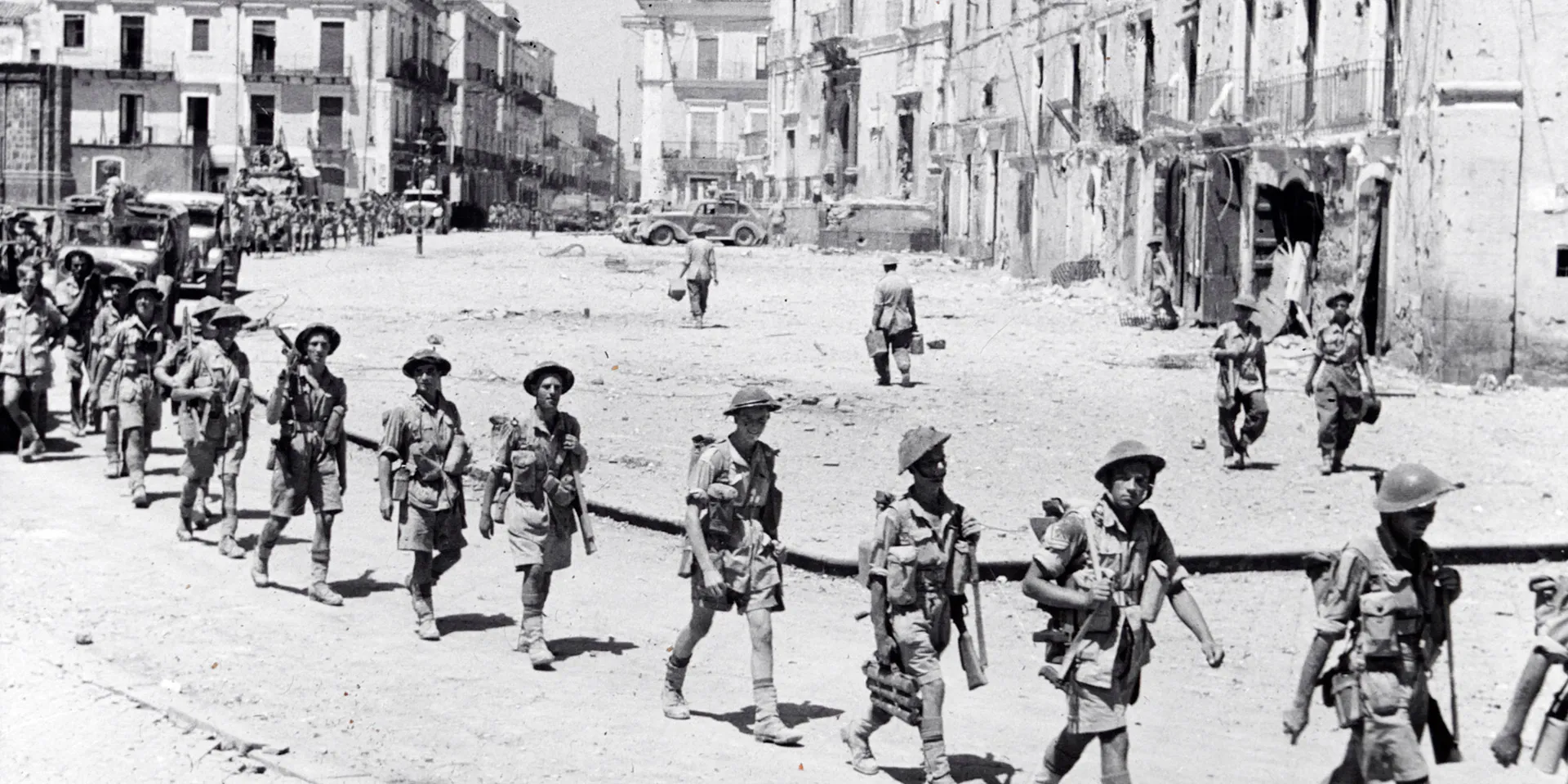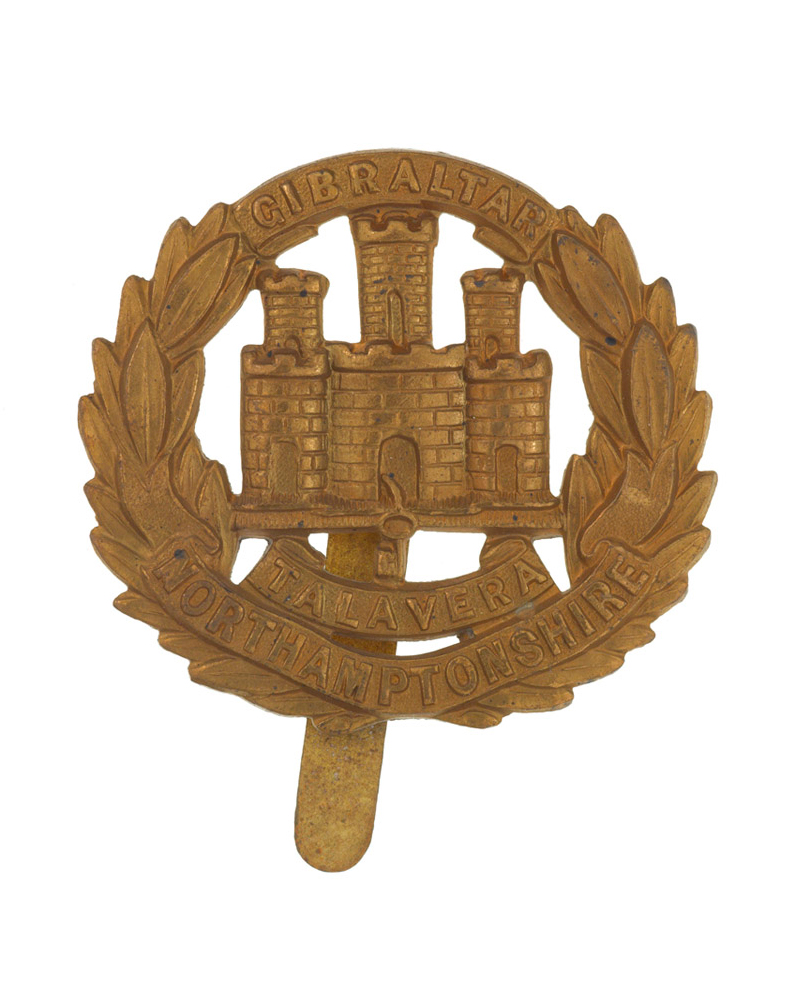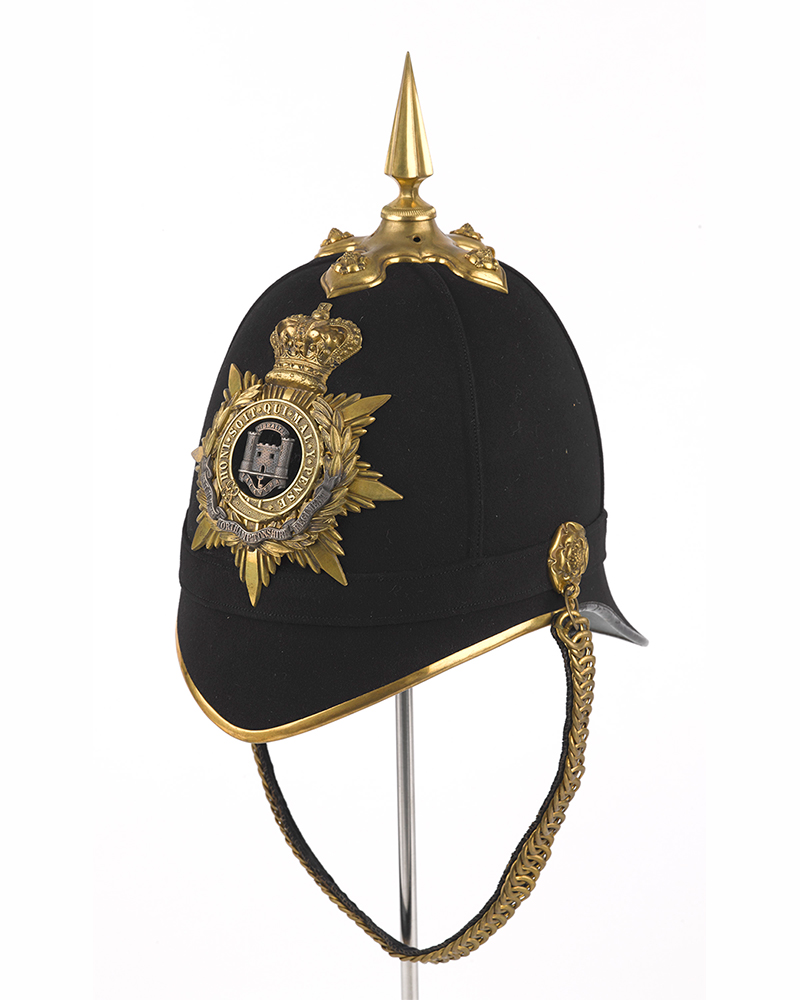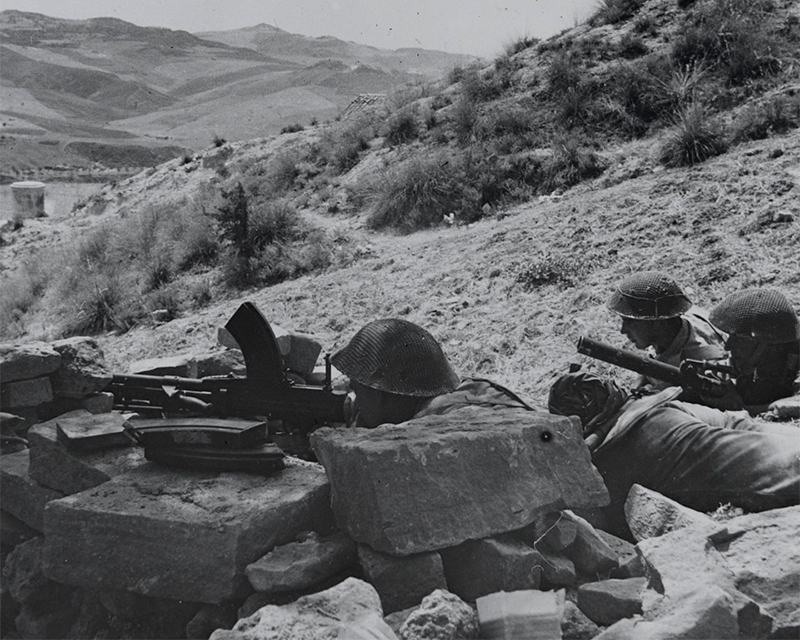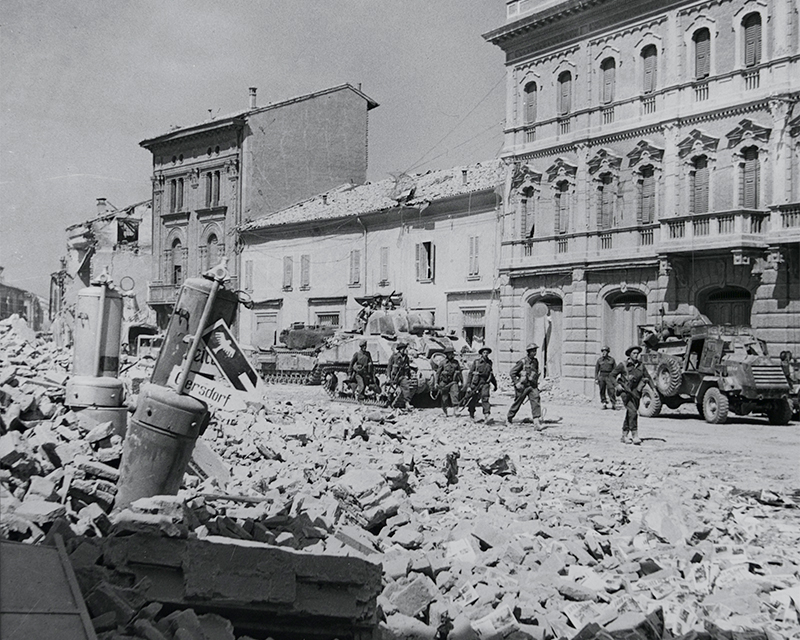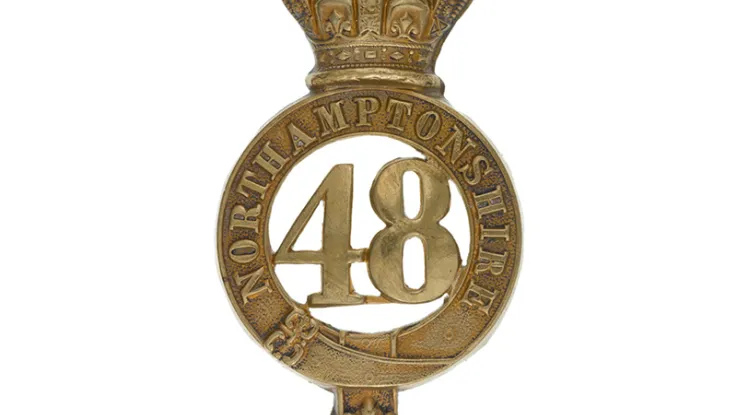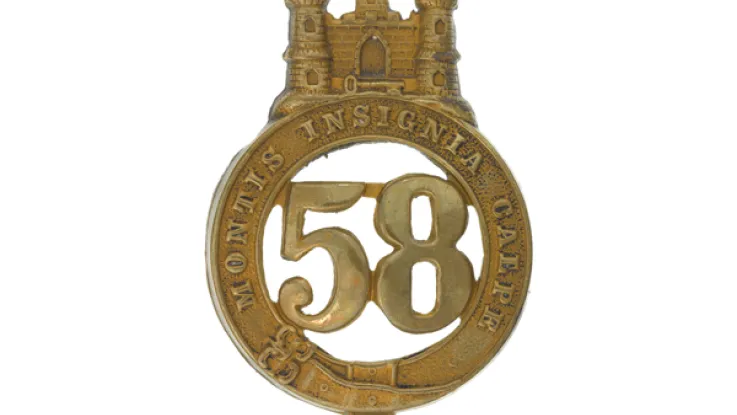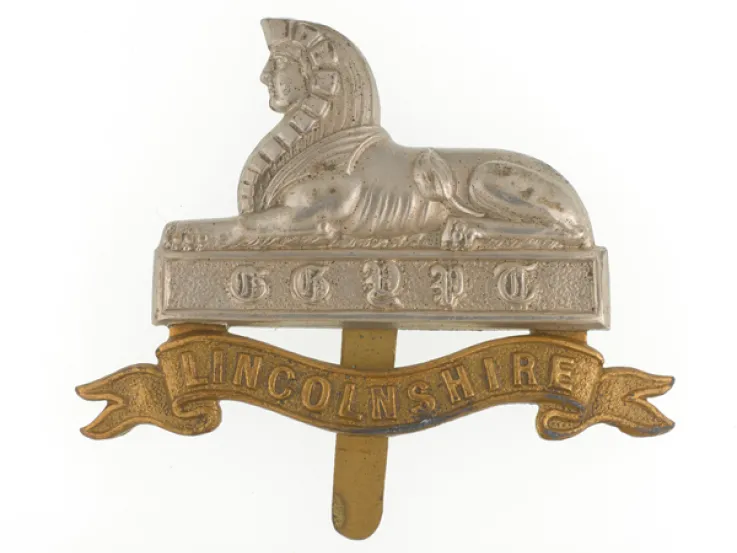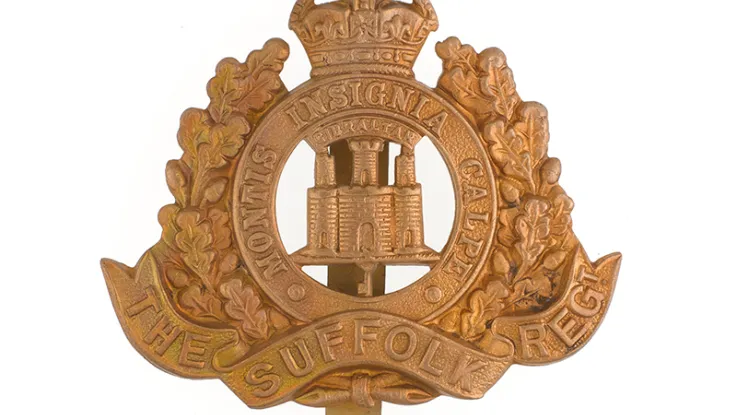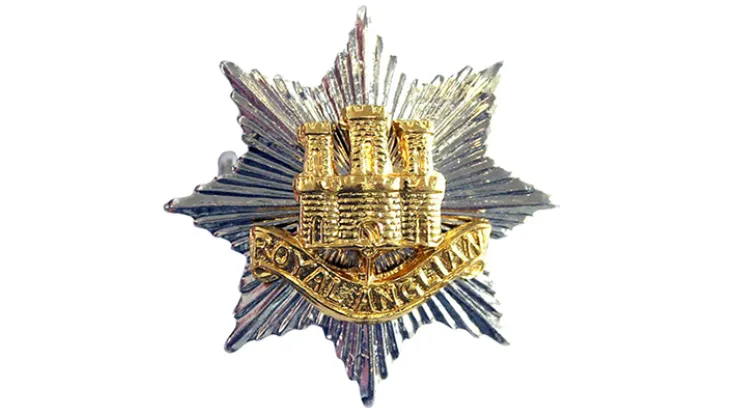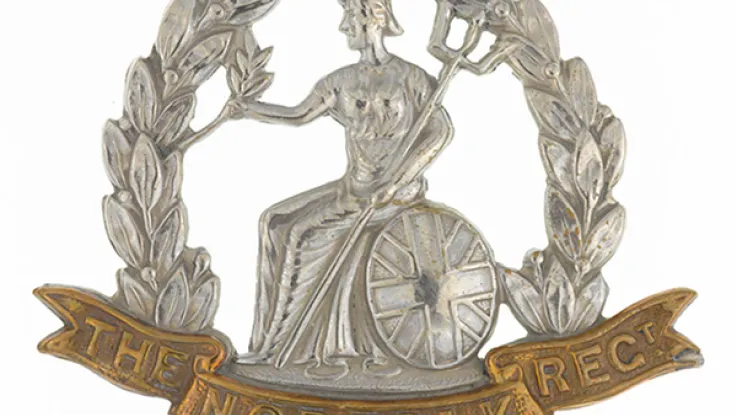Origins
This regiment was formed in 1881 by the amalgamation of the 48th (Northamptonshire) Regiment of Foot and the 58th (Rutlandshire) Regiment of Foot. These became the new unit's 1st and 2nd Battalions respectively.
Northamptonshire and Rutland’s militia battalions provided the regiment with its 3rd and 4th Battalions. These were amalgamated into a single battalion in 1899.
Early deployments
1st Battalion was stationed in India from 1892 to 1910 and served on the 1897 Tirah expedition on the North-West Frontier. 2nd Battalion was in South Africa at the time of the amalgamation and spent the second half of the 1880s in Hong Kong and Singapore.
From 1892 to 1911, 2nd Battalion was principally stationed in England, although it also served in South Africa throughout the Boer War (1899-1902). In 1899, it fought at Belmont, Graspan, Modder River, Magersfontein and the Relief of Kimberley. The regiment then took part in several anti-guerrilla actions in the Orange Free State and Transvaal.
First World War
Both regular battalions remained on the Western Front throughout the First World War (1914-18), arriving in August and November 1914 respectively.
The regiment raised 11 Territorial, Garrison and New Army battalions during the conflict, one of which - the 1/4th - served in Gallipoli (1915). The 1st Garrison Battalion also served in Salonika (1916).
2nd Battalion began a seven-year posting in India in 1919. 1st Battalion spent three years in Ireland, before short spells in England, Shanghai, Malta, Palestine and Egypt.
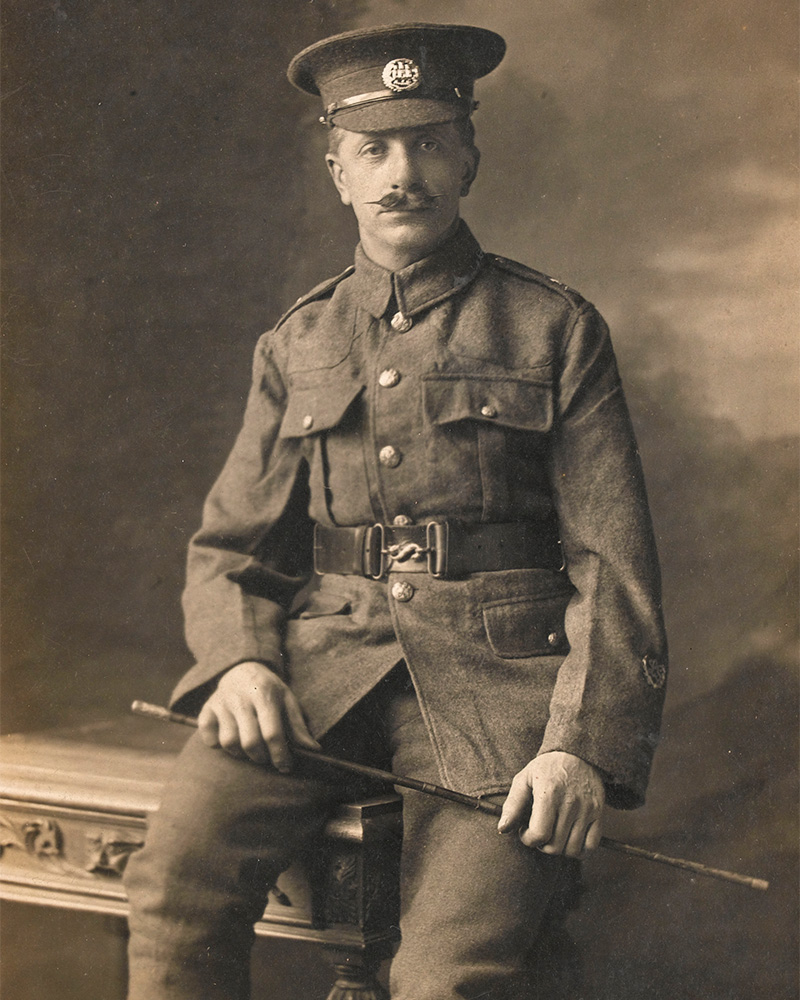
Soldier of The Northamptonshire Regiment in service dress, c1914
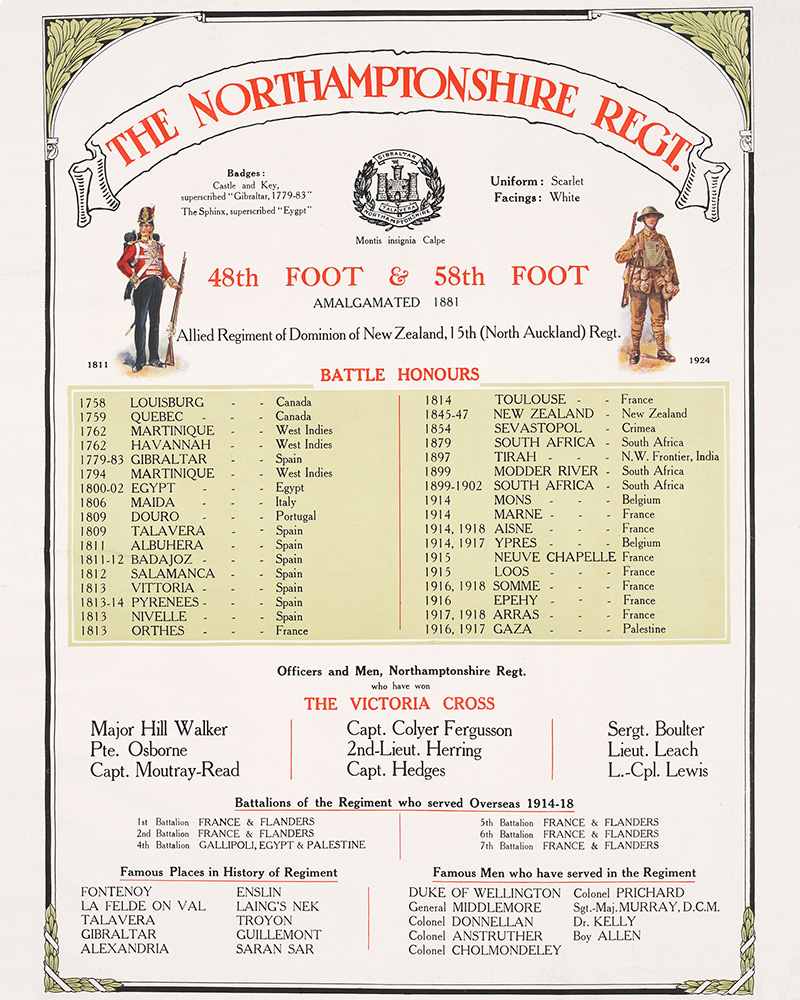
Recruiting poster, The Northamptonshire Regiment, c1930
Second World War
1st Battalion returned to India in 1932, continuing to serve there and in Burma throughout the Second World War (1939-45). This included the Battle of Imphal (1944).
2nd Battalion was in Northern Ireland on the outbreak of hostilities in 1939 and immediately joined the British Expeditionary Force to France. It was evacuated in June 1940 and spent the following two years in Britain recovering, re-training and re-equipping.
It then joined the forces sent to invade Madagascar in May 1942. This was followed by service in Persia (now Iran) and Iraq later that year. Next, it fought in Sicily and Italy before transferring to the German front in February 1945.
The Territorial 5th (Huntingdonshire) Battalion served in France and Belgium in 1940, before deploying to North Africa, Sicily and Italy in 1943-45.
Post-war deployments
After the war, 1st Battalion served in Malaya while 2nd Battalion was on occupation duties in Germany. In 1948, it became a single-battalion regiment within the new East Anglian Brigade.
The regiment then went on to serve in Germany with the British Army of the Rhine (1948 and 1952-54) and Trieste (1949-52), before postings in Korea (1954) and Hong Kong (1954-55). Its final overseas deployment was a year in Aden in 1959-60.
Legacy
In 1960, the regiment was merged with The Royal Lincolnshire Regiment to form the 2nd East Anglian Regiment (Duchess of Gloucester's Own Royal Lincolnshire and Northamptonshire). This, in turn, converted into a battalion of The Royal Anglian Regiment in 1964.
Regimental museums
The National Army Museum works with a network of Regimental and Corps Museums across the UK to help preserve and share the history and traditions of the Army and its soldiers.
Discover more about The Northamptonshire Regiment by visiting Abington Park Museum in Northampton.

